-
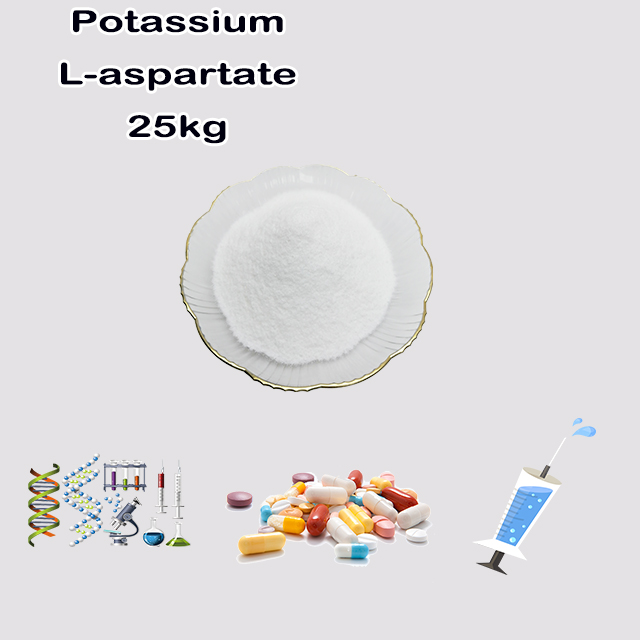 China Factory Supply Potassium L-aspartate CAS 14007-45-5 with top quality
Potassium L-aspartate is a pharmaceutical intermediate that can be used as a food additive and biochemical research preparation.
China Factory Supply Potassium L-aspartate CAS 14007-45-5 with top quality
Potassium L-aspartate is a pharmaceutical intermediate that can be used as a food additive and biochemical research preparation.
-
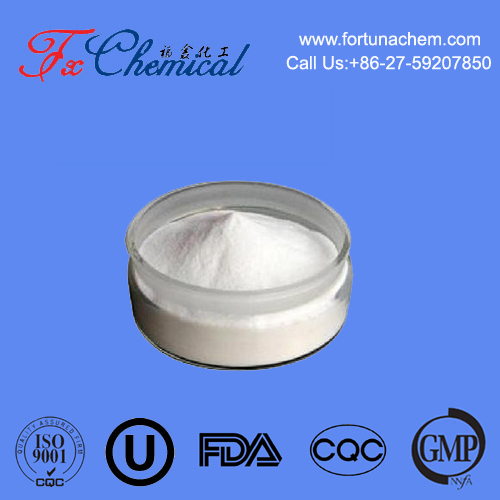 N-Methyl-D-aspartic acid (NMDA) CAS 6384-92-5
N-Methyl-D-aspartic acid (NMDA) is important in long-term potential differences, local anemia, and epilepsy.
N-Methyl-D-aspartic acid (NMDA) CAS 6384-92-5
N-Methyl-D-aspartic acid (NMDA) is important in long-term potential differences, local anemia, and epilepsy.
-
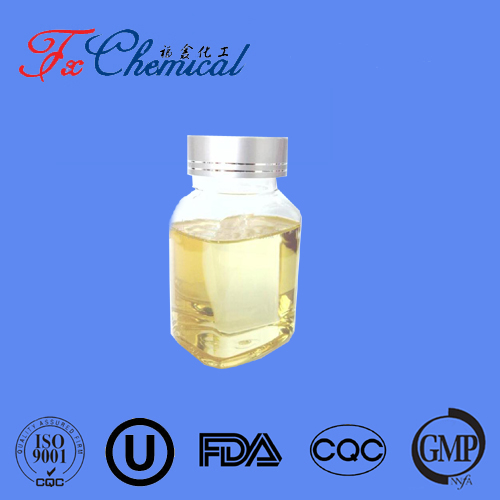 Ethyl 2-chloronicotinate CAS 1452-94-4
Ethyl 2-chloronicotinate is used as an intermediate for flunixin meglumine.
Ethyl 2-chloronicotinate CAS 1452-94-4
Ethyl 2-chloronicotinate is used as an intermediate for flunixin meglumine.
-
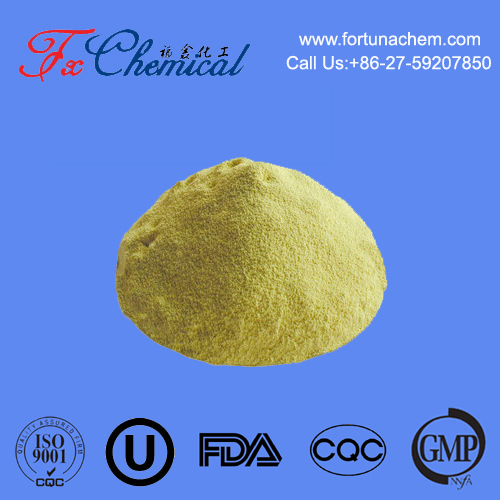 4-Hydroxy-3-nitropyridine CSA 5435-54-1&15590-90-6
4-Hydroxy-3-nitropyridine is used as a pharmaceutical intermediate.
4-Hydroxy-3-nitropyridine CSA 5435-54-1&15590-90-6
4-Hydroxy-3-nitropyridine is used as a pharmaceutical intermediate.
-
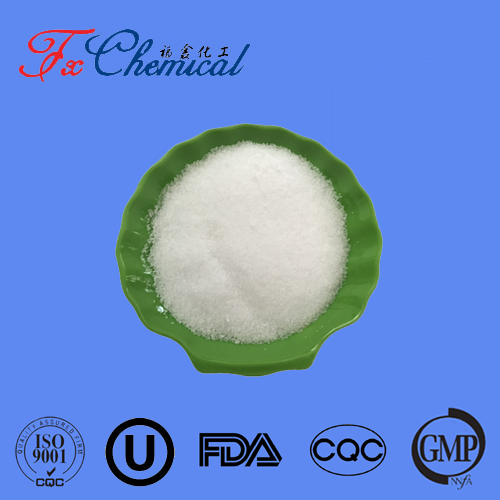 Tromethamine CAS 77-86-1
Tromethamine is used as an intermediate.
Tromethamine CAS 77-86-1
Tromethamine is used as an intermediate.
-
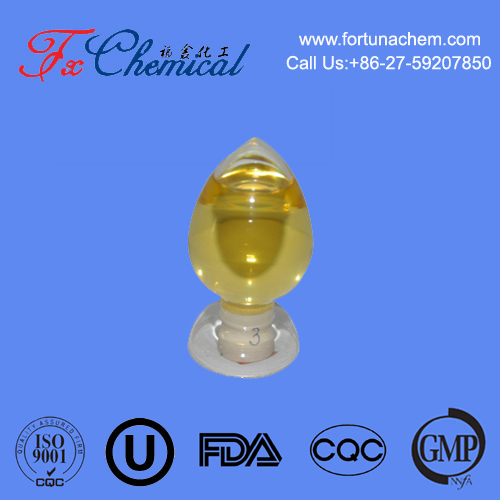 1-Bromo-3-chloro-2-methylpropane CAS 6974-77-2
1-Bromo-3-chloro-2-methylpropane is used as a pharmaceutical intermediate.
1-Bromo-3-chloro-2-methylpropane CAS 6974-77-2
1-Bromo-3-chloro-2-methylpropane is used as a pharmaceutical intermediate.
-
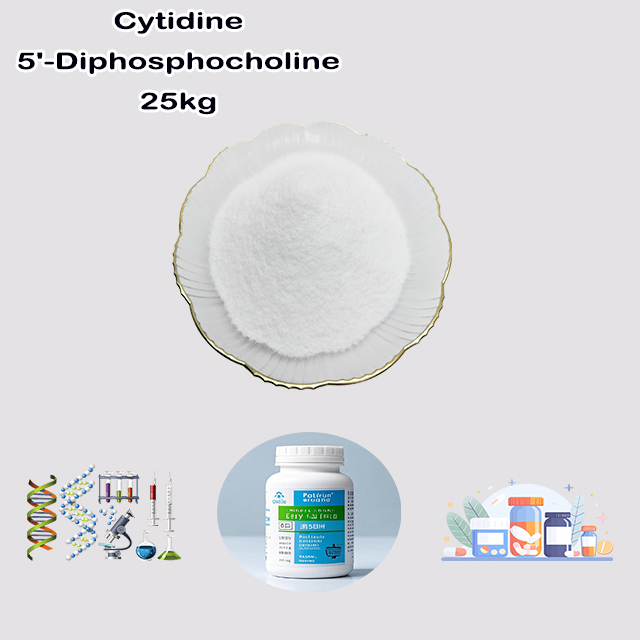 China Manufacturer Supply High Quality Cytidine 5'-Diphosphocholine CAS 987-78-0
Cytidine 5'-diphosphocholine is used as a pharmaceutical intermediate.
China Manufacturer Supply High Quality Cytidine 5'-Diphosphocholine CAS 987-78-0
Cytidine 5'-diphosphocholine is used as a pharmaceutical intermediate.
-
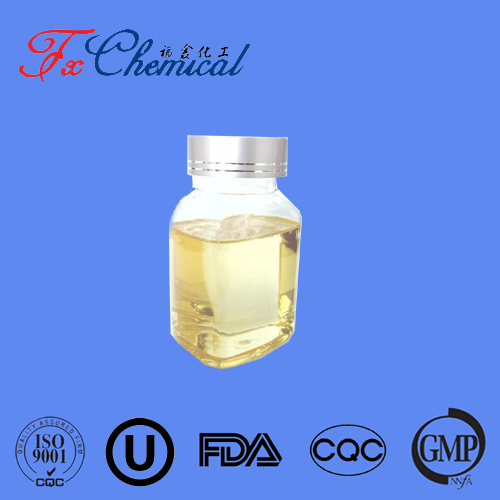 3-Methylpyrazole CAS 1453-58-3
3-Methylpyrazole is used as a pharmaceutical intermediate.
3-Methylpyrazole CAS 1453-58-3
3-Methylpyrazole is used as a pharmaceutical intermediate.
-
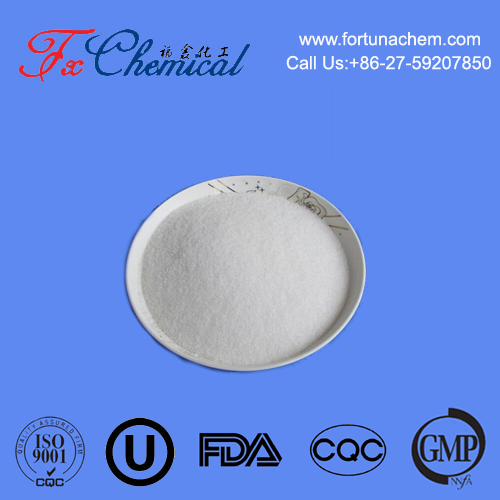 4-Amino-4H-1,2,4-triazole CAS 584-13-4
4-Amino-4H-1,2,4-triazole is used as a pharmaceutical intermediate.
4-Amino-4H-1,2,4-triazole CAS 584-13-4
4-Amino-4H-1,2,4-triazole is used as a pharmaceutical intermediate.
-
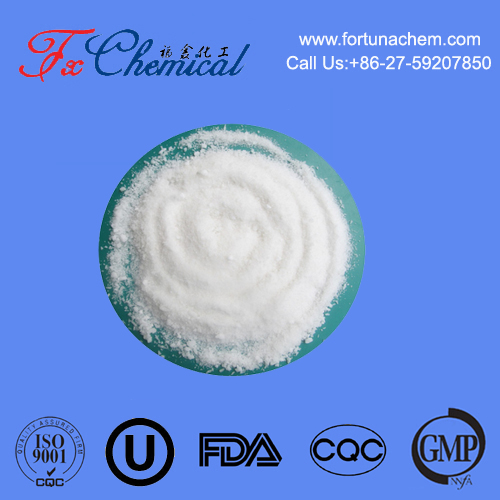 2-Methyl-3-trifluoromethylaniline CAS 54396-44-0
2-Methyl-3-trifluoromethylaniline is used as a pharmaceutical intermediate.
2-Methyl-3-trifluoromethylaniline CAS 54396-44-0
2-Methyl-3-trifluoromethylaniline is used as a pharmaceutical intermediate.
-
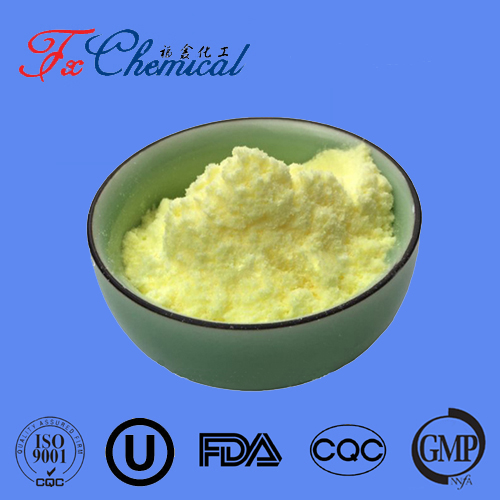 O-Phthalaldehyde CAS 643-79-8
O-Phthalaldehyde is used as a pharmaceutical intermediate.
O-Phthalaldehyde CAS 643-79-8
O-Phthalaldehyde is used as a pharmaceutical intermediate.
-
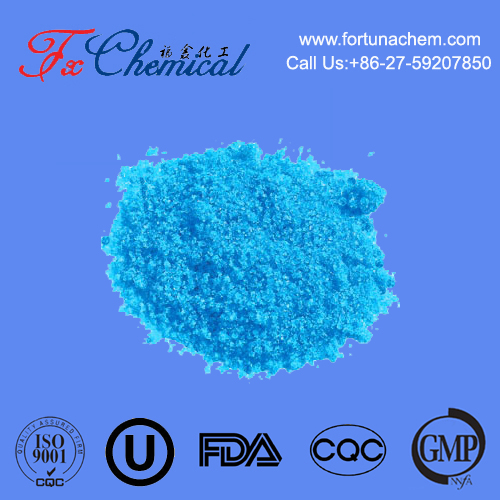 Copper Peptide CAS 49557-75-7
Copper peptide have anti-carbonation, protect collagen from damage from activated carbon groups, promote the growth of type III collagen, antioxidant, anti-glycation effect.
Copper Peptide CAS 49557-75-7
Copper peptide have anti-carbonation, protect collagen from damage from activated carbon groups, promote the growth of type III collagen, antioxidant, anti-glycation effect.
-
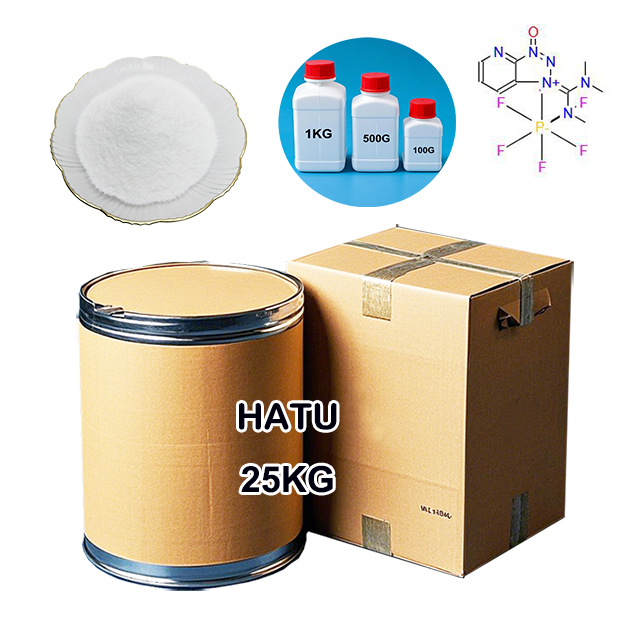 HATU CAS 148893-10-1
HATU is used as a pharmaceutical intermediate and peptides condensation reagent.
HATU CAS 148893-10-1
HATU is used as a pharmaceutical intermediate and peptides condensation reagent.
-
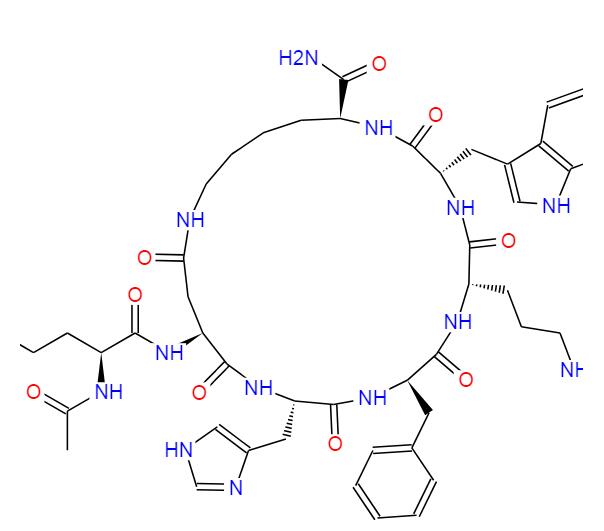 Melanotan II CAS 121062-08-6
Melanotan II has melanin production and aphrodisiac effects.
Melanotan II CAS 121062-08-6
Melanotan II has melanin production and aphrodisiac effects.
-
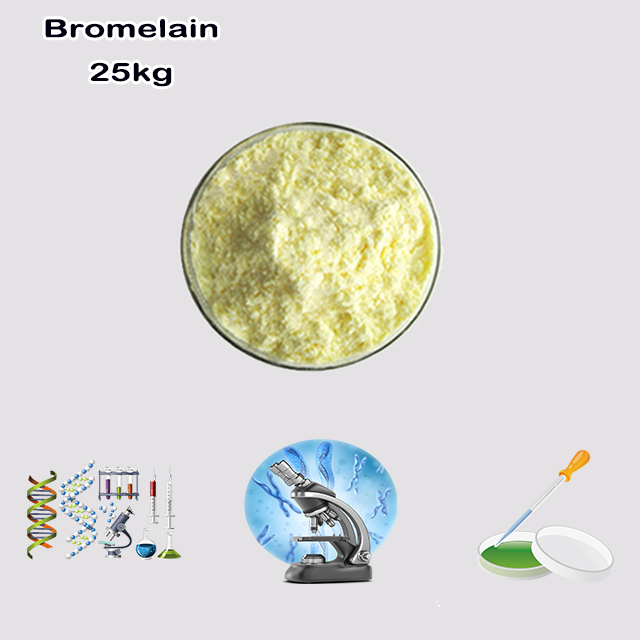 China Factory Supply High Quality Best Price Bromelain CAS 37189-34-7
Bromelain can promote the metabolism of human skin cells, reduce pigmentation, and keep the skin delicate and shiny. It can also inhibit the growth of cancer cells, which has a certain anti-cancer eff...
China Factory Supply High Quality Best Price Bromelain CAS 37189-34-7
Bromelain can promote the metabolism of human skin cells, reduce pigmentation, and keep the skin delicate and shiny. It can also inhibit the growth of cancer cells, which has a certain anti-cancer eff...

Search
 English
English  Español
Español  français
français  العربية
العربية 


